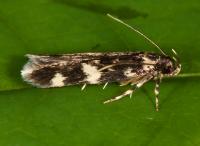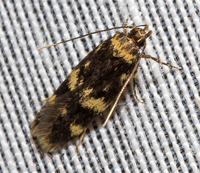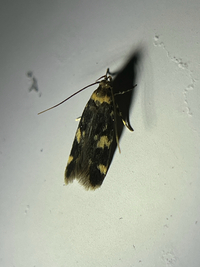
| Recorded by: Sarah Toner and Larry Chen on 2025-08-29
Dare Co.
Comment: | 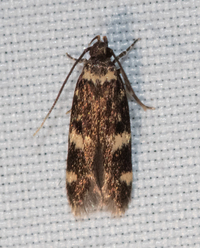
| Recorded by: Emily Stanley on 2025-08-25
Buncombe Co.
Comment: |

| Recorded by: Mark Basinger on 2025-07-22
Brunswick Co.
Comment: | 
| Recorded by: Mark Basinger on 2025-07-22
Brunswick Co.
Comment: |
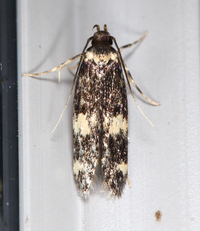
| Recorded by: Jim Petranka on 2025-07-20
Madison Co.
Comment: | 
| Recorded by: Simpson Eason on 2025-06-04
Durham Co.
Comment: |

| Recorded by: Mark Basinger on 2025-06-03
Brunswick Co.
Comment: | 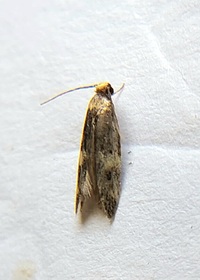
| Recorded by: Mark Basinger on 2025-06-03
Brunswick Co.
Comment: |
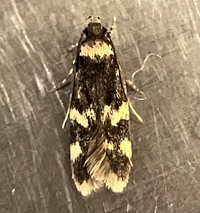
| Recorded by: Ken Kneidel on 2024-08-27
Mecklenburg Co.
Comment: | 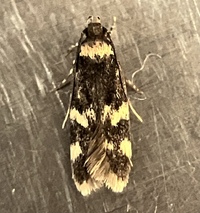
| Recorded by: Ken Kneidel on 2024-08-27
Mecklenburg Co.
Comment: |
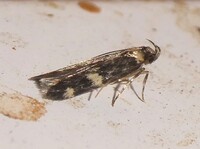
| Recorded by: Simpson Eason on 2023-10-12
Durham Co.
Comment: | 
| Recorded by: Jim Petranka on 2023-07-08
Madison Co.
Comment: |

| Recorded by: Jeff Niznik on 2023-07-04
Orange Co.
Comment: | 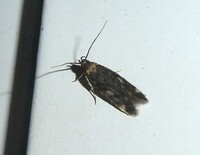
| Recorded by: Simpson Eason on 2023-06-23
Durham Co.
Comment: |
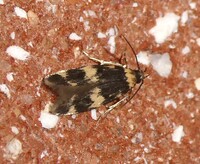
| Recorded by: Simpson Eason on 2023-06-01
Durham Co.
Comment: | 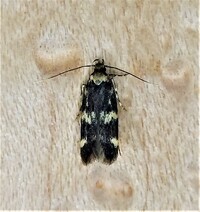
| Recorded by: Gary Maness on 2022-06-13
Guilford Co.
Comment: |
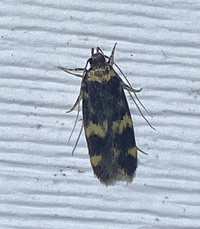
| Recorded by: David George on 2022-06-11
Durham Co.
Comment: | 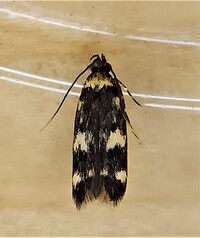
| Recorded by: Gary Maness on 2022-06-02
Guilford Co.
Comment: |
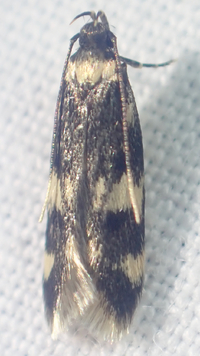
| Recorded by: tom ward on 2022-05-29
Buncombe Co.
Comment: | 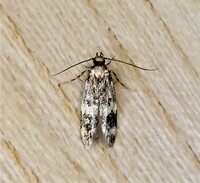
| Recorded by: Gary Maness on 2022-05-25
Guilford Co.
Comment: |
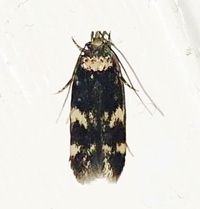
| Recorded by: Ken Kneidel on 2022-05-24
Mecklenburg Co.
Comment: | 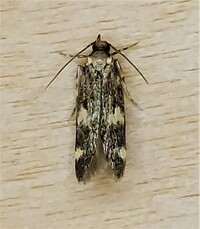
| Recorded by: Gary Maness on 2022-05-16
Guilford Co.
Comment: |
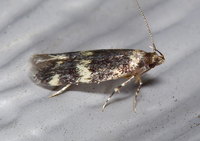
| Recorded by: Jim Petranka on 2021-10-21
Madison Co.
Comment: | 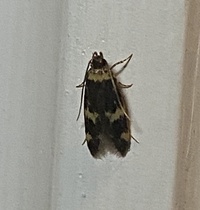
| Recorded by: David George on 2021-08-25
Durham Co.
Comment: |
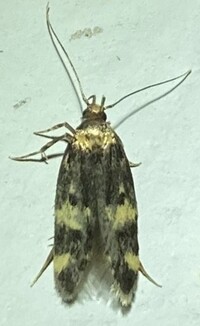
| Recorded by: Dean Furbish on 2021-08-14
Wake Co.
Comment: | 
| Recorded by: Jim Petranka on 2021-06-30
Madison Co.
Comment: |
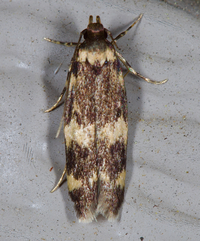
| Recorded by: Jim Petranka on 2021-06-30
Madison Co.
Comment: | 
| Recorded by: Dean Furbish on 2021-05-24
Wake Co.
Comment: |

| Recorded by: Gary Maness on 2021-05-22
Guilford Co.
Comment: | 
| Recorded by: Gary Maness on 2021-05-18
Guilford Co.
Comment: |
|

 »
»